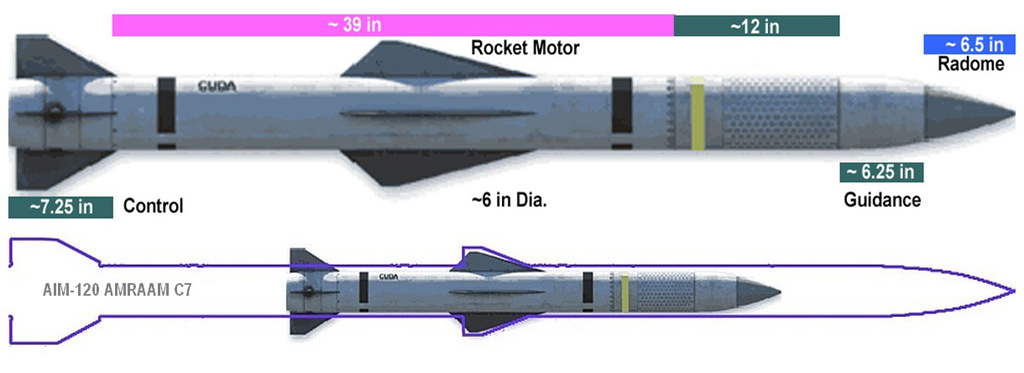Equation
Lieutenant General
Vaporware?
SACM is real. You're upset about it because I'm telling you, the moment it comes online and is widely implemented, the J-20 loses its interception role and has to go to conventional air superiority.
Regarding RAM, the J-20 has two tail strakes, tailfins, and a set of canards. It's limited by resonance effect vs low-frequency radar. Likewise, if you go off the Kopp RCS, the RAM was already simulated.
Regarding EODAS, so what if it's short-ranged? You use a two-element detection scheme; EODAS in front, AEW&C in back, AEW&C detects, EODAS tracks and kills the opponent. Since EODAS is passive, the EODAS-sensor isn't spotted by the attacking aircraft, and it can't use its own EODAS to track the opponent without assistance from its own AEW&C. In the interceptor role, the J-20 is moving too quickly to be escorted by AEW&C.
Just curious wouldn't these SACM would add weight and limited internal weapons bay space for offensive missiles for the F-22 and F-35? Especially when both of the fighters have to do evasive maneuvers (burning fuel) and than fire the SACM system (several of them) just to hit a single BVR missile.

